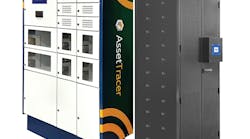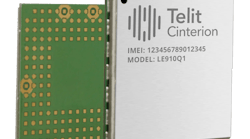Gaming Partners International Corp. on Tuesday said it has secured a major contract with Galaxy Resorts to supply more than 600,000 RFID gaming chips to the new Rio and Grand Waldo casinos scheduled to open in Macau, China early next year.
Casinos increasingly are turning toward radio frequency identification technology to protect against patrons trying to cash in counterfeit gaming chips and to stop cheaters at blackjack, poker and other card tables. "Some casinos on Indian reservations use software from Gaming Partners along with our equipment to track the player's bet at the table," said Laurent Gaubout, marketing manager for Gaming Partners. "Today, it's really the Indian reservations in the United States that are using both technologies."
Gaming Partners has sold more than 5 million 125 KHz RFID gaming chips and installed approximately 300 reader devices at 40 casinos worldwide, including the Wynn Resort in Las Vegas. The Hard Rock Casino in Las Vegas began experimenting with RFID chips at some blackjack tables earlier this year.
The Wynn uses RFID in gaming chips worth $25 or more, but Gaming Partners said they insert RFID technology into playing chips worth as little as 50 cents. Many of the readers are placed in the cages where gaming chips are sold and redeemed by players. Gaming Partners also builds readers into Roulette tables and tote boxes for gambling chips. Since the Wynn began using RFID gaming chips earlier this year, two other Las Vegas hotels have signed on as well, said Gaubout. About half the company's business comes from within the United States, he said.
In its latest quarterly financial statements, Gaming Partners on Monday reported that net income for the quarter ending Sept. 30 rose to $246,000, or 3 cents per diluted share, compared with a net loss of $111,000, or 1 cent per diluted share, for the year-ago quarter. Third quarter revenue climbed to $13.4 million from $9.2 million in the prior year.

